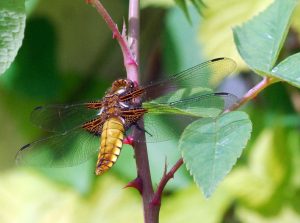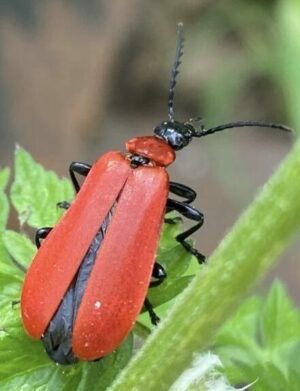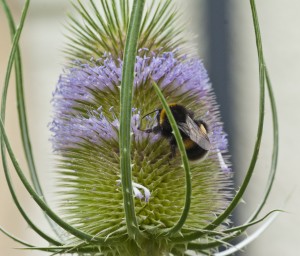A worrying decline in insect numbers.

Though some insects are problematic in that they are carriers of disease (for example, mosquitos and malaria, ticks and Lyme disease); it is nevertheless true that without insects food chains and ecological systems would collapse.
Insects act as
- pollinators not just of garden flowers, but of crops,
- natural pest control agents (ladybirds eat aphids),
- Decomposers, breaking down waste products of other animals, remains of dead plants and animals (dung beetles). Their activity ensures the recycling of nutrients in complex biogeochemical cycles.
 However, as the woodlands’ blog has reported previously, insects (like so many wildlife species) are under threat. They are in decline due to
However, as the woodlands’ blog has reported previously, insects (like so many wildlife species) are under threat. They are in decline due to
- loss and damage of habitats,
- climate change,
- pollution and
- pesticide use.
The decline in insect numbers (in the UK) is ‘monitored’ through BUGLIFE and Kent Wildlife Trust. Each year a survey is undertaken using the ‘splatometer technique’, in which motorists are asked to record the number of flying insects (e.g. moths, flies, aphids, bees and flying beetles) that are squashed on their front number plate (after a journey). The length of the journey is recorded, a photo taken and count details uploaded via the BUGLIFE APP, the app includes a tutorial and some safety advice.
Comparing this year’s results of over 6000 journeys with those gathered in 2004 (by the RSPB, who used the same method) reveals a dramatic fall in flying insect numbers. London, for example, showed a dramatic fall in numbers of 91%. The fall across England was 83%, Wales saw a 79% drop and Scotland a 76% fall. Whilst figures for Northern Ireland were limited they suggest a 54% decline.

bumblebees favour teasels
Insects [and other wildlife species] can be helped by:
- Creating larger areas of natural habitats (many have been lost to roads, agriculture, urban expansion)
- Creating wildlife corridors to join up similiar habitats/ecosystems throughout the landscape
- Creating wild flower ‘meadows’ by road sides, verges etc
- Reducing the use of pesticides and other chemicals which have significant effects on wildlife. The effect of neonicotinoids on bees and bumblebees is well documented.
Comments are closed for this post.
